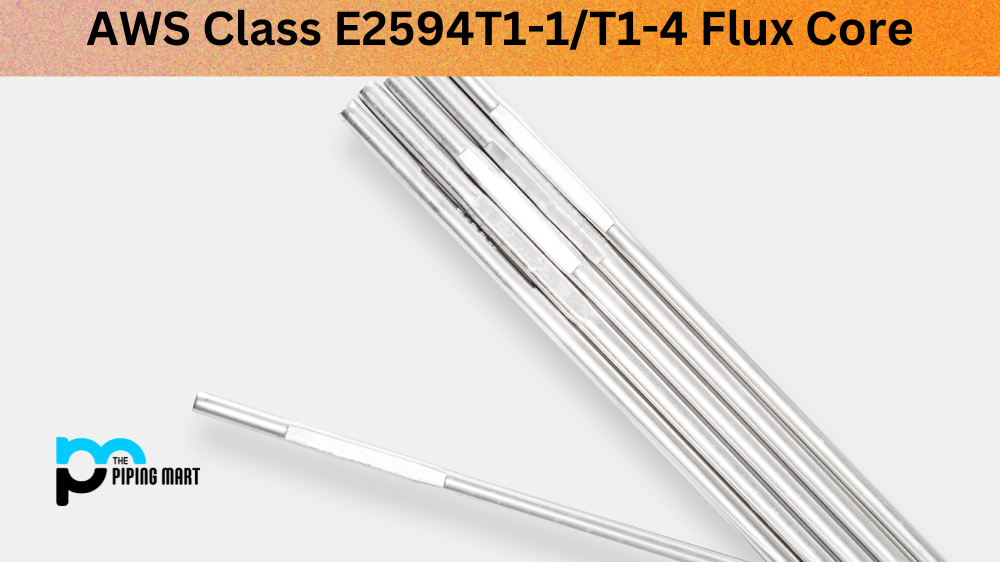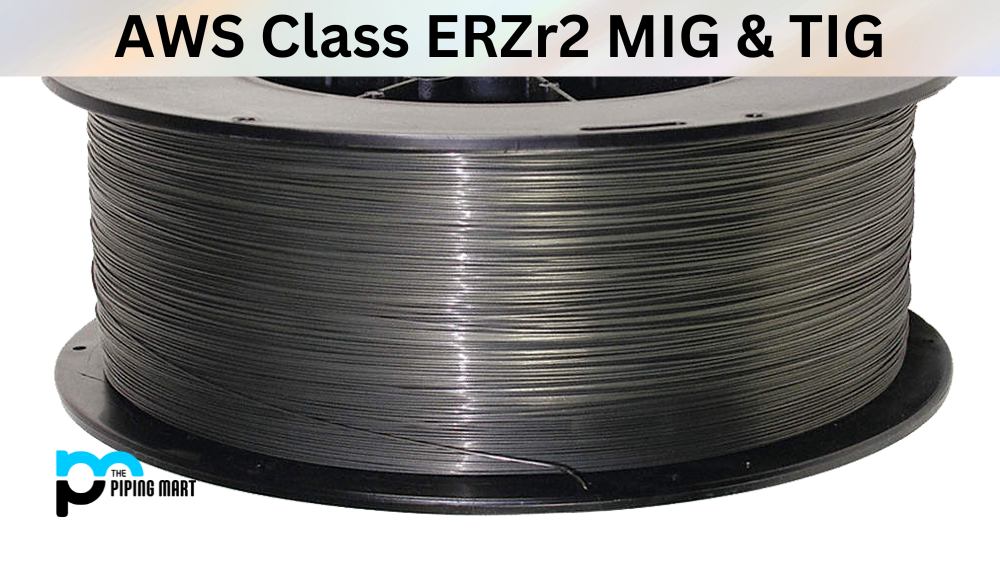AWS Class ER385 MIG & TIG is a popular welding process widely used in various aerospace, marine, and offshore industries. It is a highly versatile welding process involving a filler metal electrode to join two metal pieces together. AWS Class ER385 MIG & TIG is suitable for welding various materials, including stainless steel, high nickel alloys, and chromium molybdenum steel. This blog post will look in-depth at the AWS Class ER385 MIG & TIG welding process, its composition, physical and mechanical properties, uses, heat treatment, and corrosion-resistant properties.
What is AWS Class ER385 MIG & TIG Welding Wire?
AWS Class ER385 MIG & TIG is an arc welding process involving a solid wire feed for depositing the weld metal. This welding method requires high speed and permits higher quantity and quality welds, reducing the chances of generating slag or oxidation inclusions. A MIG welder uses direct current with either gas as a shielding agent, whereas TIG uses alternate current and no gas to protect the weld area from contamination. Both processes use a small diameter tungsten electrode to initiate an arc so that filler material can be deposited on the required parts to make suitable joints.
ER385 MIG & TIG Coated Wire Composition
AWS Class ER385 MIG & TIG welding wire involves using a filler metal electrode, also known as a consumable electrode. The composition of this electrode is critical, as it determines the compatibility of the welding process with the base metal. The AWS Class ER385 MIG & TIG welding process is designed for welding stainless steel and related alloys. Therefore, the filler metal electrode used in this process must have the same or similar composition as the base metal. AWS Class ER385 MIG & TIG uses a filler metal electrode of nickel, molybdenum, and chromium.
| C | Mn | Si | Cr | Ni | Mo | S | P | Cu | |
| Standard | ≤0.025 | 1.00-2.50 | ≤0.50 | 19.5-21.5 | 24.0-26.0 | 4.20-5.20 | ≤0.030 | ≤0.020 | 1.20-2.00 |
| Test | 0.013 | 1.93 | 0.21 | 20.5 | 25.10 | 4.67 | 0.003 | 0.012 | 1.69 |
ER385 MIG & TIG Welding Wire Physical Properties
AWS Class ER385 MIG & TIG welding alloy produces a smooth, even finish weld. The physical properties of the weld are determined by the type of electrode used and the welding parameters such as amperage, voltage, and travel speed. AWS Class ER385 MIG & TIG produces a weld with high strength, excellent corrosion resistance, and easy cleaning. The weld is flexible and tough, making it ideal for critical applications such as pressure vessels and piping systems.
ER385 MIG & TIG Coated Wire Mechanical Properties
The mechanical properties of the weld produced by AWS Class ER385 MIG & TIG welding electrode are also critical in determining its suitability for the intended application. The type of base metal, the welding parameters, and the heat treatment process determine the mechanical properties of the weld. Welds produced by the AWS Class ER385 MIG & TIG process typically have high tensile strength, good elongation, and high fatigue strength. These properties make them ideal for structural applications, where high strength and durability are critical.
| Tensile Strength (psi) | 86,000 psi (593 MPa) |
|---|---|
| Yield Strength (psi) | 57,000 psi (393 MPa) |
| Elongation (%) | 42% |
ER385 MIG & TIG Welding Wire Trade Names
| Class | UNS | Oxford Alloys | SANDVIK | BOHLER | |
| ER385 | S30888 | Alloy 385 | EXATON 20.25.5.LCU | BOHLER THERMAINT 20/25 CU |
ER385 MIG & TIG Coated Wire Parameters
| Diameter (MM) | 2.5 | 3.2 | 4.0 | 5.0 |
| Length (MM) | 350 | 350 | 400 | 400 |
| Current (A) | 50-70 | 80-110 | 130-160 | 160-200 |
ER385 MIG & TIG Welding Wire Uses
The AWS Class ER385 MIG & TIG filler wire welding process has various uses, including fabricating, welding, and repairing stainless steel, high nickel alloys, and chromium molybdenum steel. It is used extensively in the offshore and marine industries for fabricating and repairing piping systems, pressure vessels, and structural components. The aerospace industry also uses the AWS Class ER385 MIG & TIG welding process for fabricating and repairing aircraft components.
ER385 MIG & TIG Coated Wire Heat treatment
Heat treatment is an essential step in improving the mechanical properties of the weld produced using AWS Class ER385 MIG & TIG. The heat treatment process involves heating the welded joint to a specific temperature and holding it for a predetermined time to relieve residual stresses and improve the strength and ductility of the weld. The heat treatment process used for AWS Class ER385 MIG & TIG welding is typically annealing or solution annealing, depending on the type of base metal and the desired properties.
ER385 MIG & TIG Welding Wire Corrosion Resistant
AWS Class ER385 MIG & TIG filler metal produces a highly corrosion-resistant weld, making it suitable for critical applications where corrosion resistance is vital. The high nickel, molybdenum, and chromium content of the filler metal electrode used in the welding process impart excellent corrosion resistance properties to the weld. This makes it ideal for chemical processing plants, saltwater environments, and offshore structures.
Conclusion
In summary, AWS Class ER385 MIG & TIG welding process is highly versatile in various industries, including aerospace, marine, offshore, and chemical processing. The composition of the welding electrode, physical and mechanical properties, uses, heat treatment, and corrosion resistance properties of the weld are vital in determining the suitability of the process for the intended application. Understanding these properties is essential in ensuring that the process is used correctly and that the welded joint meets the required standards for quality and performance.
Meet Heer, a dynamic and driven writer learning tricks of her trade in the metal industry. With a background in Digital Marketing, Heer brings a unique perspective to her writing, sharing valuable insights. Apart from blogging she like reading and hiking.




